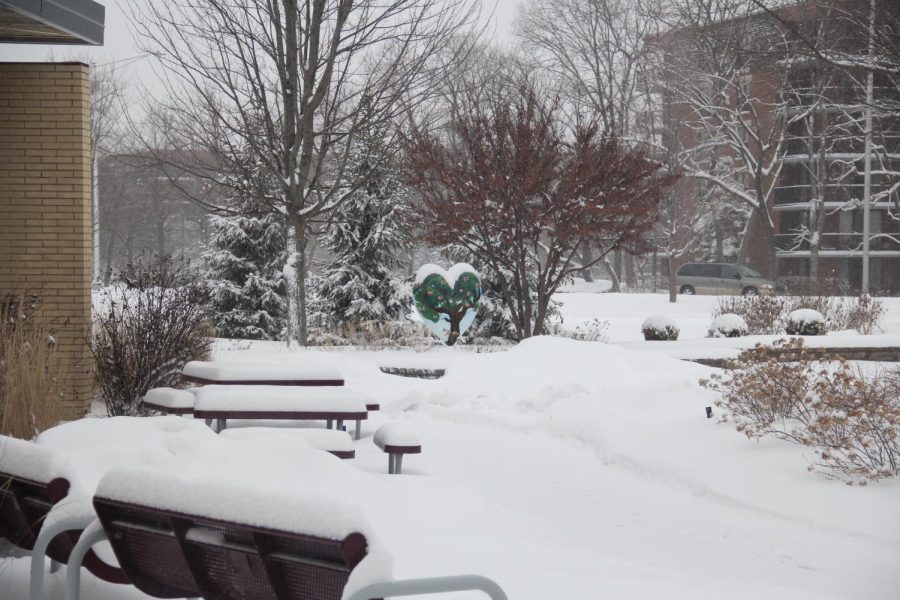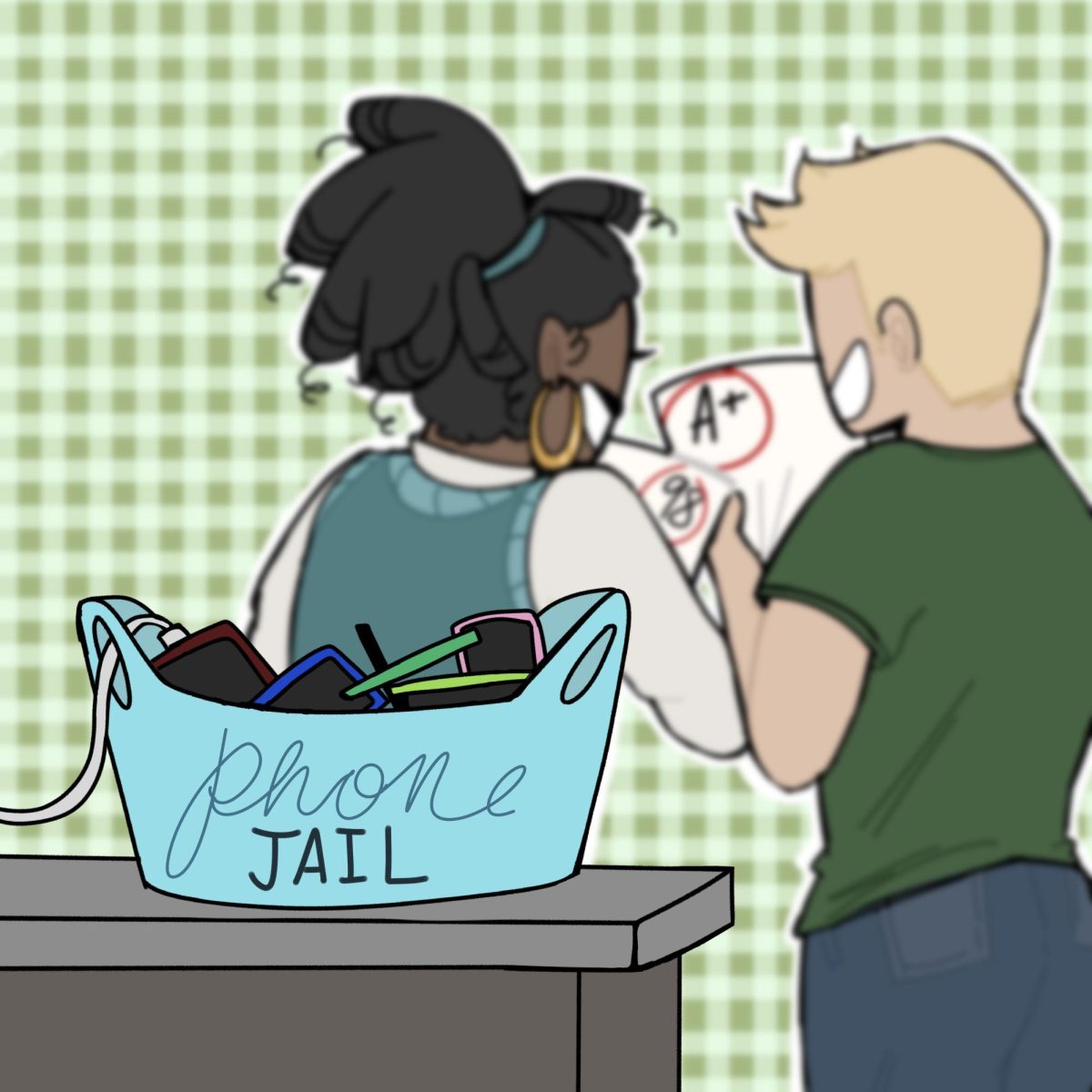Attendance rates drop to 56% following heavy snow and hazardous driving conditions, remote learning protocol questioned
Naperville area schools were subject to as much as 18 inches of snow which led to low attendance rates and cancellation in some schools.
February 16, 2022
Up to 18 inches of snow threatened to stop in-person classes at all Naperville schools on Wednesday, Feb. 2. Superintendent Dan Bridges’ decision to open schools as planned resulted in strong backlash from students and parents. Naperville Central saw attendance rates drop to 56.6%.
Talk of a potential snow day began early in the week when weather forecasts began predicting anywhere between four and 20 inches of snow. Bridges usually communicates snow day status via Twitter, and was thus addressed by student and parent voices on the platform in the evening before. Bridges did not communicate the district’s plans on Twitter or otherwise until the following day.
Bridges first message of plans for the inclement weather was a Tweet sent out at 5:16 a.m., reading “After consulting with @Naperville203 staff, @NapervilleIL and neighboring districts, @Naperville203 will open as planned. Be patient and allow some extra time today.”
A barrage of responses followed as parents and students largely disagreed with Bridges’ decision.
“Not driving my child to school today when we are being asked to avoid driving if possible by weather outlets,” said twitter commenter @RubbleBet. “My street in the subdivision isn’t even plowed yet. Why is e-learning not an option for inclement weather?”
This sentiment has been echoed by many community members, who questioned the decision not to use one of the five emergency e-learning days built into the calendar.
The criteria for a remote learning snow day are still unclear. Central Times asked Executive Director of Communications Alex Mayster to clarify. He did not respond to a request for an interview.
In the case that a remote learning snow day is instituted, all teachers must have content uploaded to canvas by 8 a.m. said Carrie McFadden, assistant principal of operations, this can be highly dependent on the time of Bridges’ decision.
“[Bridges’] communication plan, I think, was pretty similar to what we’ve heard in the past,” McFadden said. “District administrators go out on the roads about four o’clock in the morning and assess how things are at that time.”
Bridges makes the call as close to 5 a.m. as possible to ensure teachers with a commute will have time to get to work. Since the roads were overall safe early in the morning, Bridges said in a later message that decided to continue as planned, but conditions changed between the time of decision and when students began their commute to school.
“Things started coming down harder than we thought,” McFadden said.
Road conditions were much rougher as students came to school for the 9 a.m. start. Overall, students were unhappy with the decision and consequent driving conditions.
“I feel like if buses got completely delayed so much to the fact that they weren’t there by the start of the period, it should have at least been a late start,” sophomore Alex Bird said. “And this was because of the weather. That doesn’t happen on its own.”
Other students were more dissatisfied with the lack of apology from the district, citing a disregard to student and staff safety.
“I think the district’s response was lackluster and they did basically nothing,” sophomore Will Blumenstock said. “They only realized their mistakes were mistakes after severe public backlash and low attendance.”
These attendance rates dropped further throughout the day after Bridges said in his letter that all absences would be excused and students began leaving school partway through the day. Many teachers had to omit lesson plans for the day or repeat content the next day because of the low attendance so students who were in attendance were not receiving much more instruction than those who were not.
There have not been any other instances of severe snow since Feb. 2, but temperatures below freezing continue to allow the possibility for future excessive amounts of snow.
“Next time they should actually consult with other districts.” Blumenstock said. “They said that they did but obviously didn’t because surrounding districts did cancel. And maybe put students’ lives in front of reviews or expectations.”









